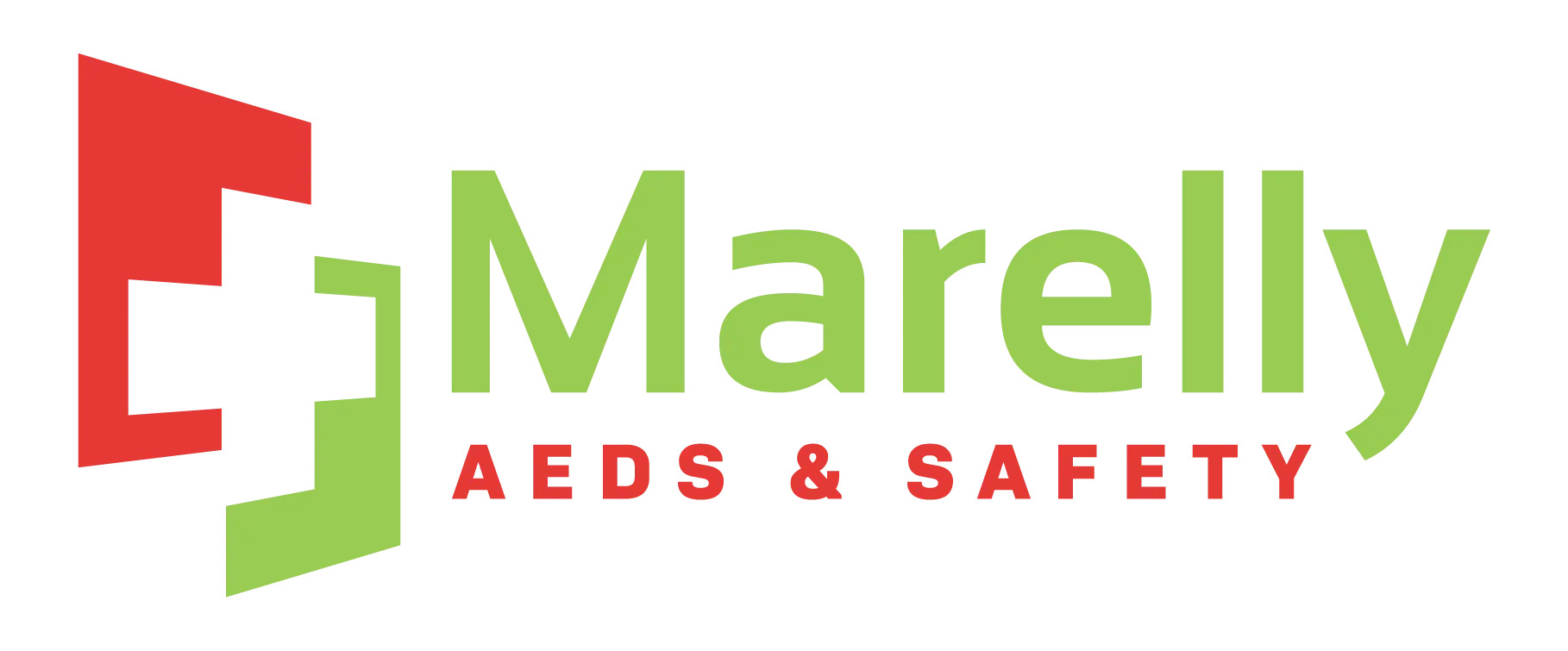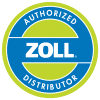Band-Aids, gauze, scissors — all of these items are commonly found in any basic first aid kit.
First aid kits are designed to provide everything you might need in case of an emergency. Accidents can happen anywhere and you need to be prepared — especially in the workplace.
As an employer, you have both a moral and legal obligation to provide immediate attention if employees are injured or fall ill on the job. Having a well-supplied first aid kit on hand guarantees you stay compliant.
Keep reading to learn the top seven supplies your first aid kit needs!
Workplace First Aid Kit Basics
Several factors determine the type of first aid kit your workplace needs. Variables include the number of visitors and employees, location, and potential hazards. Two companies are responsible for handing down first aid kit requirements — ANSI and OSHA. There are four types of first aid kits for the workplace. These four types are then listed in one of two categories — A or B. Type 1, Class A first aid kits don’t have as many requirements or materials as, let’s say, a type 4 Class B kit. Some are portable, with others are stationary. Some are designed for indoor and outdoor settings and others are made for more complex, high-risk environments.7 Items Every First Aid Kit Needs
Regardless of which type or class your business falls under, here are a few items that every first kit should have.1. Adhesive Bandages
Adhesive bandages (also known as Band-Aids) are a staple in every first aid kit. They’re versatile, allowing them to treat everything from minor cuts and scrapes to protecting splinters, scabs, and other abrasions. These bandages protect the wound from getting infected. They act as a barrier between the cut and outside dirt, bacteria, and friction. Seek medical attention for deep or infected cuts or scrapes. In the meantime, an adhesive bandage can keep things clean and protected. Some even come with antiseptic right in the pad.2. Medical Exam Gloves
This first aid kit item is more for those tending to the injured patient. Medical exam gloves protect you in the event you touch blood, bodily fluids, and other foreign substances while administering first aid. Medical exam gloves also prevent the sharing of any diseases or parasites the victim might have. This allows helpers to administer life-saving care with increased safety.3. Antiseptic Cream
Antiseptic creams and ointments help protect cuts and scrapes from getting infected. It also speeds the healing process. You can add this cream to either gauze or adhesive bandages. Some ointments are designed to help soothe minor burns and scales, insect bites, and rashes. Common types include rubbing alcohol, hydrogen peroxide, and iodine. All forms of antiseptic help fight off bacteria.4. Burn Treatment
Burns can occur from chemicals and flames in common work environments including laboratories, job sites, factories, and kitchens. Many first aid kits include burn treatment cream that prevents the skin from drying out. It also helps ease pain and discomfort. Burn cream is usually applied after the burn has cooled off. Before applying the cream (and directly after the burn occurs), it’s best to run the burned area under cold water. Next, wrap the burn loosely in dry gauze. Avoid wrapping it too tightly or applying anything directly to the burn. Dry gauze is another first aid kit must-have. Not only are they perfect for dressing burns but many different types of wounds.5. Medical Tape
Medical tape is the best, most secure way to adhere gauze and other bandages to a victim’s body. There are several different types of medical tape and each offers its own benefits. The three most common types of medical tape found in first aid kits are micropore paper tape, transport polyethylene tape, and Zion oxide tape.Micropore Paper Tape
Paper tape is the most common type of medical tape and is used to secure bandages and dressings. The adhesive is hypoallergenic, which is perfect for sensitive skin. It also adheres firmly to the skin, other tapes, and dressing materials. The gentle but strong adhesive is also easy to remove from the skin without causing irritation. Most paper tape is made with tiny micropores or holes to allow for air circulation.Transport Polyethylene Tape
This type of surgical tape is also hypoallergenic and translucent. Transport polyethylene tape offers a strong adhesive for multiple purposes. If you’re working with gloves or need to tear the tape easily, this is your best option. This tape is often found in medical settings and used to secure both dressings and medical tubing. Another notable feature is that transport polyethylene tape helps moisture evaporate away from the skin.Zinc Oxide Tape
Zinc Oxide tape is commonly referred to as sports tape and widely used to help prevent sports injuries. It’s also used to help cuts heal faster and protect wounds, which is why you might add this adhesive tape to your first aid kit checklist. Zinc Oxide tape handles moisture well and can withstand being worn for extended periods of time. It also helps stabilize injured ligaments.6. Breathing Barrier
No one ever thinks that they’ll need to use their CPR certifications, but when an emergency happens, you may be called upon. A breathing barrier helps protect you from germs and other dangers. This barrier is a flat piece of plastic that drapes over the victim’s mouth and nose. The plastic is flexible, conforming to the patient’s face and allowing the rescuer to easily blow air into the mouth hole. Most breathing barriers have a one-way valve making it easy and safe to use. They’re also compact and easily stored in large or small first aid kits.7. Eyewash
Eyewash is commonly used when someone gets a dangerous or irritating substance or debris in their eye. Most first aid kits are required to have some form of eyewash based on ANSI guidelines. First aid eye wash contains 99% sterile water and usually has a tear-off top for one-time use. This ensures it is sanitary and safe for every patient. The isotonic solution is used to irrigate or flush the eye to remove pollutants, chlorinated water, and other foreign materials.Build a Reliable First Aid Kit Now
Regardless of the size of your establishment, you need a reliable first aid kit when an emergency or accident occurs. Basic first aid kit supplies allow you to stabilize and treat the victim until medical professionals arrive (if needed). It also gives you and your staff peace of mind. At Marelly, we pride ourselves in providing all of your essential first aid kit needs plus AEDs and training programs. Check out all of our programs here. Feel free to contact us for more information on how we can best serve your company.
Tagged compliancefirst aid kit


